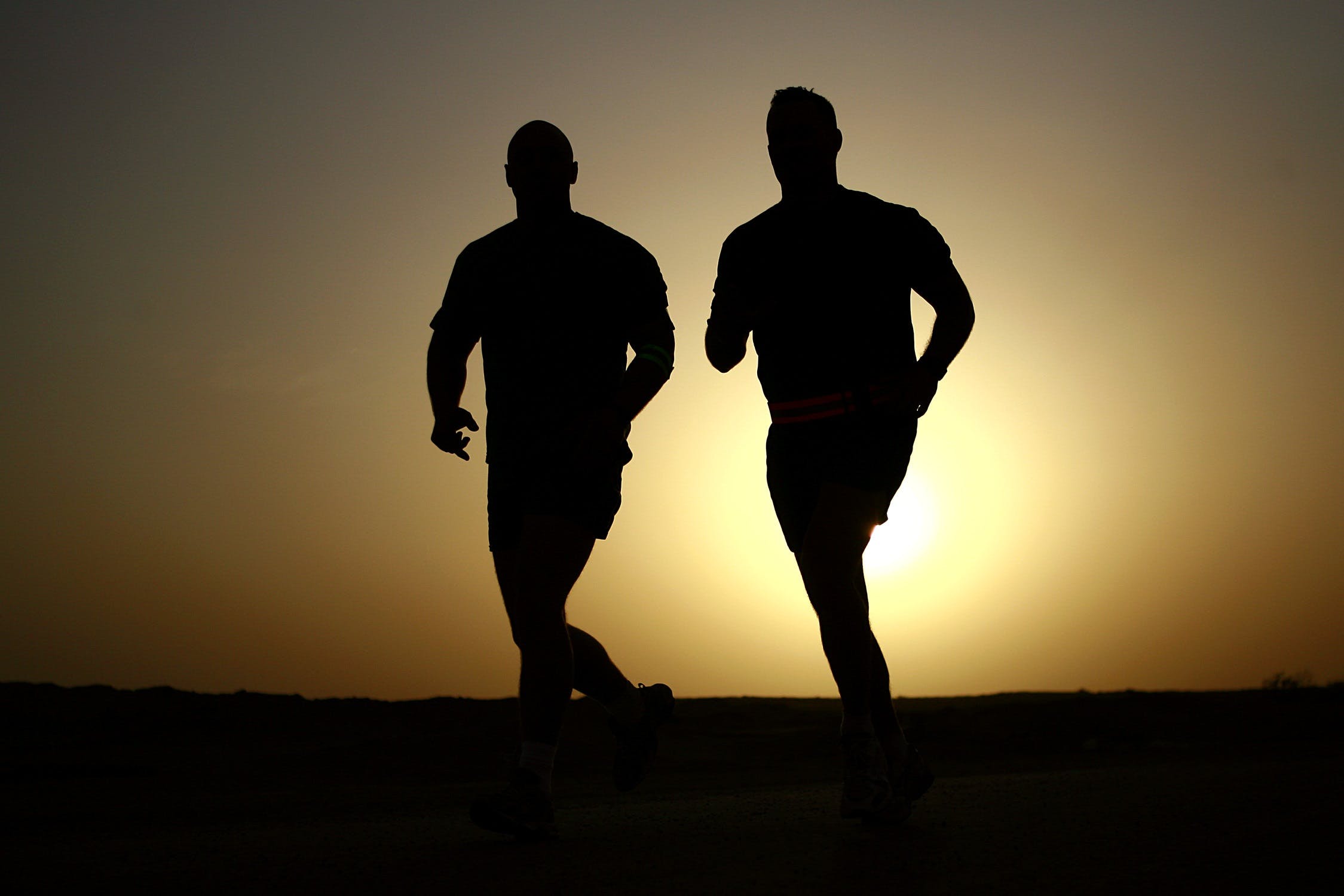When dealing with a hernia, understanding the condition and how it affects your body during physical activity is crucial. A hernia occurs when an organ or fatty tissue squeezes through a weak spot in a surrounding muscle or connective tissue called fascia. The most common types of hernia are found in the abdomen, but they can also occur in the upper thigh, belly button, and groin areas.
Exercising with a hernia can be challenging, as certain movements might aggravate the condition. It’s important to focus on what core exercises you can do with a hernia to avoid further strain. Consulting with healthcare professionals before embarking on any workout routine is essential to ensure safety and effectiveness.
Modifications to traditional exercises can help maintain fitness levels without exacerbating a hernia. For instance, avoiding heavy lifting and high-impact activities is typically recommended. Emphasizing gentle and controlled movements that strengthen the core without putting pressure on the hernia site is key.
Remember, the goal is to support the body and prevent the hernia from worsening. It’s not just about managing symptoms; it’s about adopting a workout regimen that aligns with your body’s current needs, promoting healing and preventing complications. For personalized advice and tailored workout routines that take your hernia into account, visit our website to learn more and get started today! Click here.
Essential Tips Before Starting Core Workouts

Prior to beginning core exercises when managing a hernia, there are several essential tips to ensure safety and effectiveness. Start by seeking medical clearance from your doctor to confirm that core workouts are suitable for your specific condition. Communicating with a physical therapist or a fitness professional who has experience with hernia patients can also provide valuable insights into the types of exercises that are safe to perform.
Once you have received the green light, it’s important to focus on your form and breathing techniques. Proper form is paramount to avoid unnecessary strain on the hernia area. Engage your core muscles gently and maintain a neutral spine throughout each exercise. Deep, diaphragmatic breathing will help you control the movements and prevent sudden pressure that could exacerbate the hernia.
Additionally, start with low-intensity exercises and gradually increase the difficulty as your body adapts and strengthens. It is also beneficial to warm up thoroughly before engaging in core workouts to prepare your muscles and increase blood flow, minimizing the risk of injury.
Listening to your body is vital. If you feel any discomfort or pain, stop the exercise immediately. It’s better to take a conservative approach to your workouts than to risk further injury. By adhering to these precautions, you can embark on a core workout routine that strengthens your body while accommodating your hernia.
Gentle Core Strengthening Exercises for Hernia
For those managing a hernia, gentle core strengthening exercises are a cornerstone of maintaining fitness while protecting the affected area. Begin with pelvic tilts, which involve lying on your back with knees bent, feet flat on the floor, and gently arching the lower back, then pressing it into the floor. This movement engages the deep core muscles without placing significant pressure on the hernia.
Partial crunches can also be effective; they require you to perform a standard crunch with a limited range of motion. It’s crucial to keep the intensity low and focus on slow, controlled movements to prevent strain.
Wall sits are another low-impact option that strengthens the core and lower body. With your back against the wall, slide down until your knees are at a 90-degree angle, as if sitting in an invisible chair. Hold this position for a set time while keeping the core engaged.
Moreover, practicing standing exercises like arm raises or leg lifts while maintaining a stable core can also contribute to strengthening without overexertion. These exercises allow for muscle engagement without directly targeting the abdomen, thereby reducing the risk of hernia complications.
Remember, it’s essential to avoid holding your breath during these exercises as it can create internal pressure. Instead, breathe evenly and deeply throughout each movement. By incorporating these gentle core strengthening exercises into your routine, you can help support your hernia while building a stronger foundation for overall health and fitness.
Avoiding Common Mistakes During Hernia Workouts

When embarking on a workout routine with a hernia, it’s pivotal to sidestep common pitfalls that can exacerbate the condition. One of the most frequent mistakes is overexertion. Engaging in high-intensity exercises or lifting heavy weights can increase intra-abdominal pressure, causing further strain on the hernia.
Another error to avoid is performing the wrong type of exercises. Activities that involve direct pressure on the abdominal area, such as traditional planks, push-ups, or some yoga poses, should be substituted with safer alternatives. Opt for exercises that strengthen the core indirectly and do not create downward or outward pressure on the hernia site.
Ignoring pain signals is a critical mistake. If any movement causes discomfort or pain around the hernia, it’s a clear indicator to stop and rest. Pushing through the pain is not advisable and can lead to further injury.
Additionally, attempting complex exercises without proper form can be detrimental. It’s essential to focus on technique and alignment to ensure that the exercises are being performed correctly and safely. Incorrect form can shift the stress to vulnerable areas, increasing the risk of hernia complications.
Lastly, neglecting to warm up or cool down is a misstep that can lead to muscle strains and an increased risk of injury. A gentle warm-up prepares the body for exercise by increasing blood flow, and a cool-down aids in recovery, reducing muscle stiffness.
By avoiding these common mistakes, individuals with hernias can safely maintain their fitness routines while minimizing the risk of worsening their condition. It’s always recommended to consult with a healthcare professional before starting any new exercise regimen, especially when dealing with a hernia.
Modifying Traditional Core Exercises for Safety

Modifying traditional core exercises is crucial for those with hernias to ensure safety while still reaping the benefits of core strengthening. A hernia doesn’t have to sideline your fitness goals, but it does require a thoughtful approach to exercise selection and execution.
For instance, instead of the classic sit-up, consider the pelvic tilt. This gentle movement engages the core muscles without creating significant intra-abdominal pressure. To perform a pelvic tilt, lie on your back with knees bent and feet flat on the floor. Tighten your abdominal muscles and gently tilt your pelvis upward, holding the position for a few seconds before releasing.
The bridge exercise is another excellent modification. Lie on your back with knees bent and feet hip-width apart. Lift your hips to create a straight line from knees to shoulders, engaging the glutes and core. Hold the position for a few counts, then slowly lower your hips back to the floor.
Standing exercises can also be beneficial. Standing marches are a safe way to engage the core. Stand with feet hip-width apart and lift one knee towards the chest while keeping the core engaged, then alternate legs. This exercise helps to strengthen the core without straining the abdominal wall.
Another modification is the use of isometric holds such as the ‘vacuum exercise’, which involves pulling the belly button towards the spine and holding the contraction. Isometrics can be particularly useful as they do not involve movement that could stress the hernia.
Remember, it’s essential to listen to your body and avoid any movements that cause discomfort or pain. With these modifications, you can maintain a strong core and protect your hernia from further strain.
Consulting with Professionals for Personalized Routines

Consulting with professionals for a personalized routine is a critical step for hernia patients looking to stay active and strengthen their core safely. Working with a fitness expert who understands the complexities of a hernia can help create a custom exercise plan that takes into account the type, location, and severity of your hernia.
A physical therapist or a certified personal trainer with experience in dealing with hernias can provide valuable guidance on which exercises to include and which to avoid. They can also help with proper form and technique, reducing the risk of exacerbating the hernia. It’s equally important to consult with your healthcare provider to ensure that your workout plan is safe and appropriate for your specific medical condition.
During these consultations, professionals might suggest modifications to traditional exercises, and they will monitor your progress closely. The goal is to strengthen the core muscles without increasing intra-abdominal pressure to the point where it might worsen the hernia.
Remember, each hernia patient’s situation is unique, and what works for one person may not be suitable for another. Therefore, a tailored approach is fundamental to your safety and the effectiveness of your workout regimen. If you’re looking to get started on a hernia-safe fitness journey, visit our website to learn more and get started today! Click here.


